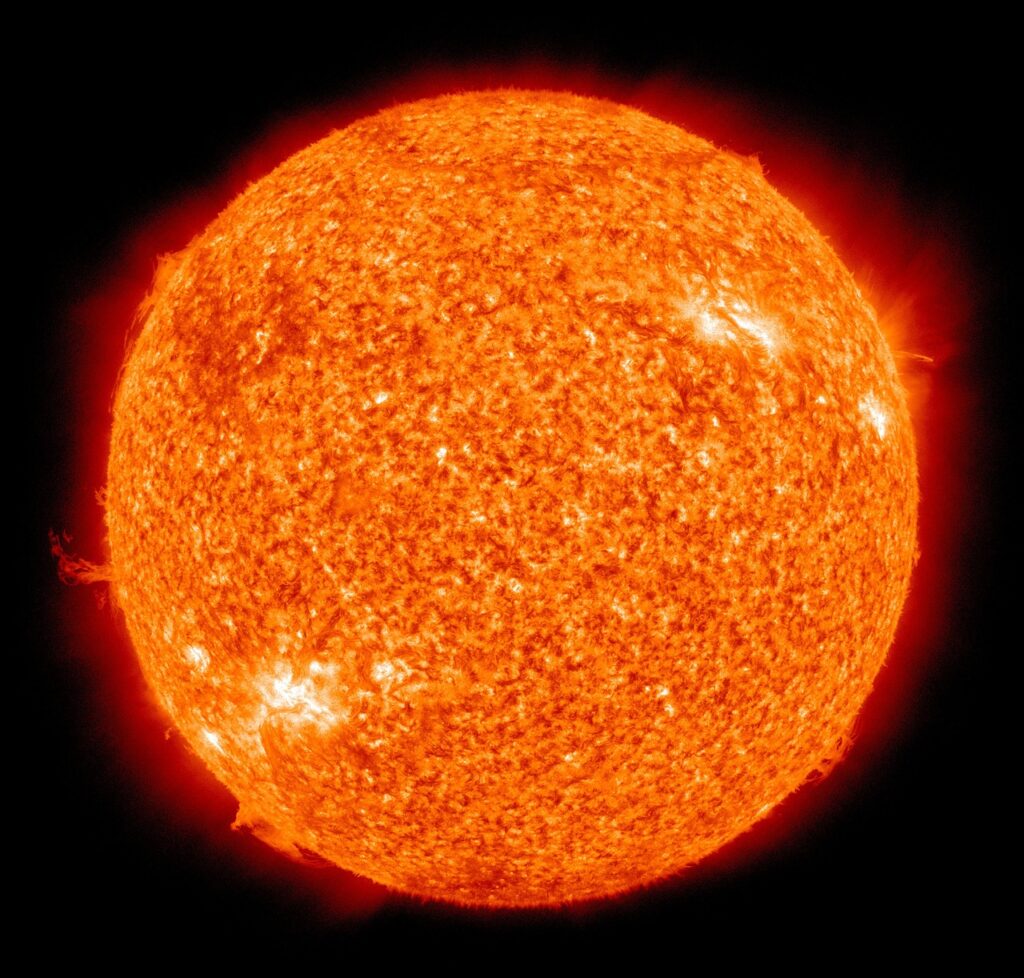In a groundbreaking development, scientists have made significant progress in predicting solar storms that could potentially threaten life on Earth. By deciphering the mechanisms behind these powerful space weather events, researchers aim to improve our preparedness for solar storms, which can disrupt everything from power grids to satellite communications.
Understanding Solar Storms
Solar storms, or geomagnetic storms, are disturbances in the Earth’s magnetosphere caused by solar activity, particularly coronal mass ejections (CMEs) from the Sun. These storms can generate spectacular auroras but also pose significant risks to modern technology. Severe solar storms can knock out power grids, damage satellites, and even pose a hazard to astronauts in space.
The Breakthrough in Solar Storm Prediction
Researchers have now cracked a key part of the code in understanding and predicting these solar storms. By studying data from recent solar cycles, they have identified specific patterns and signs that precede the onset of a solar storm. This discovery is crucial for providing more accurate and timely warnings.
- Early Detection: The new method allows scientists to detect early warning signs of solar storms, giving governments and industries more time to prepare and mitigate potential impacts.
- Improved Forecasting Models: The findings enhance existing models used to predict solar storm intensity and timing, helping to refine forecasts and reduce false alarms.
- Global Impact Mitigation: With better predictions, it’s possible to safeguard critical infrastructure, protect satellites, and reduce the risk of widespread disruptions.
Key Findings and Their Significance
The researchers identified specific magnetic field configurations on the Sun that are likely to result in Earth-directed CMEs. By monitoring these configurations, scientists can now predict with greater accuracy when and how a solar storm will impact Earth. This advancement is a significant step forward in space weather forecasting, akin to the improvements in meteorological forecasting seen in recent decades.
Implications for Technology and Safety
- Power Grids: Power companies can use these predictions to implement protective measures, preventing large-scale blackouts caused by geomagnetic induced currents.
- Aerospace and Satellites: Satellite operators and aerospace companies can safeguard sensitive equipment from the harmful effects of solar radiation.
- Aviation: Airlines can reroute flights to avoid increased radiation exposure during solar storms, protecting passengers and crew.
Future Prospects
The work is far from complete, and ongoing research is crucial to further refine these predictive models. Scientists are now focusing on integrating these new insights into global space weather monitoring systems and developing better tools for real-time data analysis.
Conclusion
The ability to predict Earth-threatening solar storms with greater accuracy marks a significant advancement in our understanding of space weather. This breakthrough not only enhances our ability to protect critical infrastructure but also represents a major step towards ensuring the safety and resilience of our increasingly technology-dependent world. As research continues, we can look forward to even more precise forecasting and better preparedness for the challenges posed by our dynamic Sun.
Image by WikiImages from Pixabay









